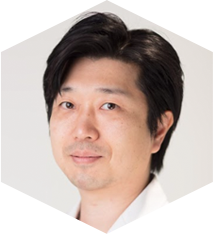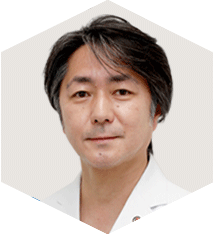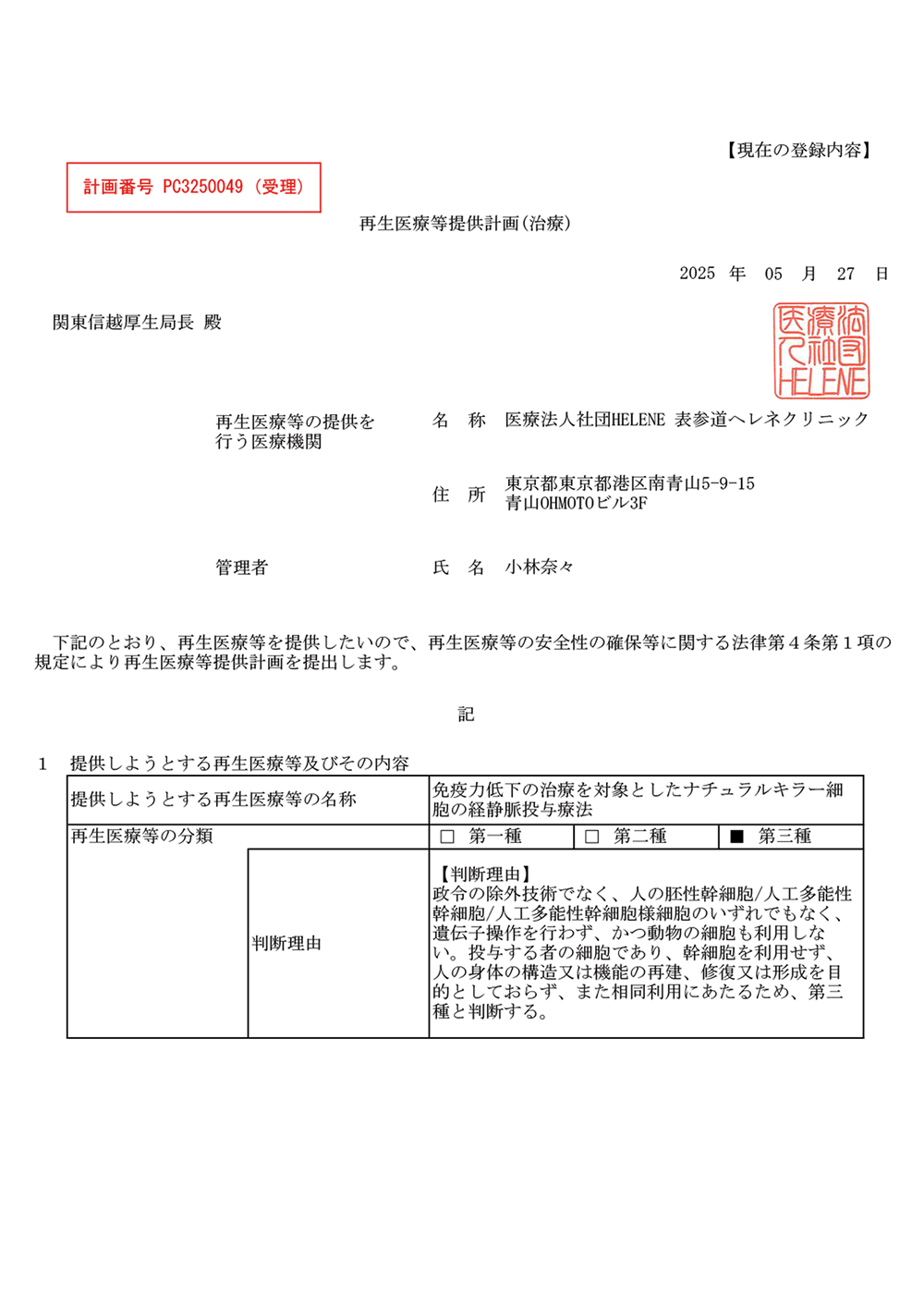Robert Hariri, founder, chairman and CEO of Celularity, join “Squawk Alley” to discuss the testing of new stem cell treatments for coronavirus patients.
World Health Organization officials cautioned Friday that more young people are becoming critically ill and dying from the coronavirus that's now spread to almost every country across the world.
“We are seeing more and more younger individuals who are experiencing severe disease,” Dr. Maria Van Kerkhove, head of the WHO's emerging diseases and zoonosis unit, said at a news briefing from the organization's Geneva headquarters. “We've seen some data from a number of countries across Europe where people of younger age have died. Some of those individuals have had underlying conditions, but some have not.”
Much remains unknown about the virus, including why the disease develops into a severe illness in some individuals but not others, Van Kerhove said. She added that as the virus spreads to more countries and more clinical data is collected, researchers are learning about the behavior of the virus.
Most of the people with severe illnesses in intensive care tend to be older or have underlying conditions, she said. “But what we are seeing in some countries is that there are individuals who are in their 30s, who are in their 40s, who are in their 50s who are in ICU and who have died.”
It is a mistake to believe that the virus only severely impacts older people and those with underlying conditions, Executive Director of WHO's emergencies program Dr. Mike Ryan added. In Italy, one of the largest outbreaks in the world, 10% to 15% of all people in intensive care are under 50. In Korea, he added, one in six deaths have been people below the age of 60.
“There was a tendency for the last several months, almost a dismissive attitude to say 'well, this disease is severe in older people and it's fine in younger people,'” Ryan said. “We collectively have been living in a world where we've tried to convince ourselves that this disease is mild in young people and more severe in older people and that's where the problem is.”






































